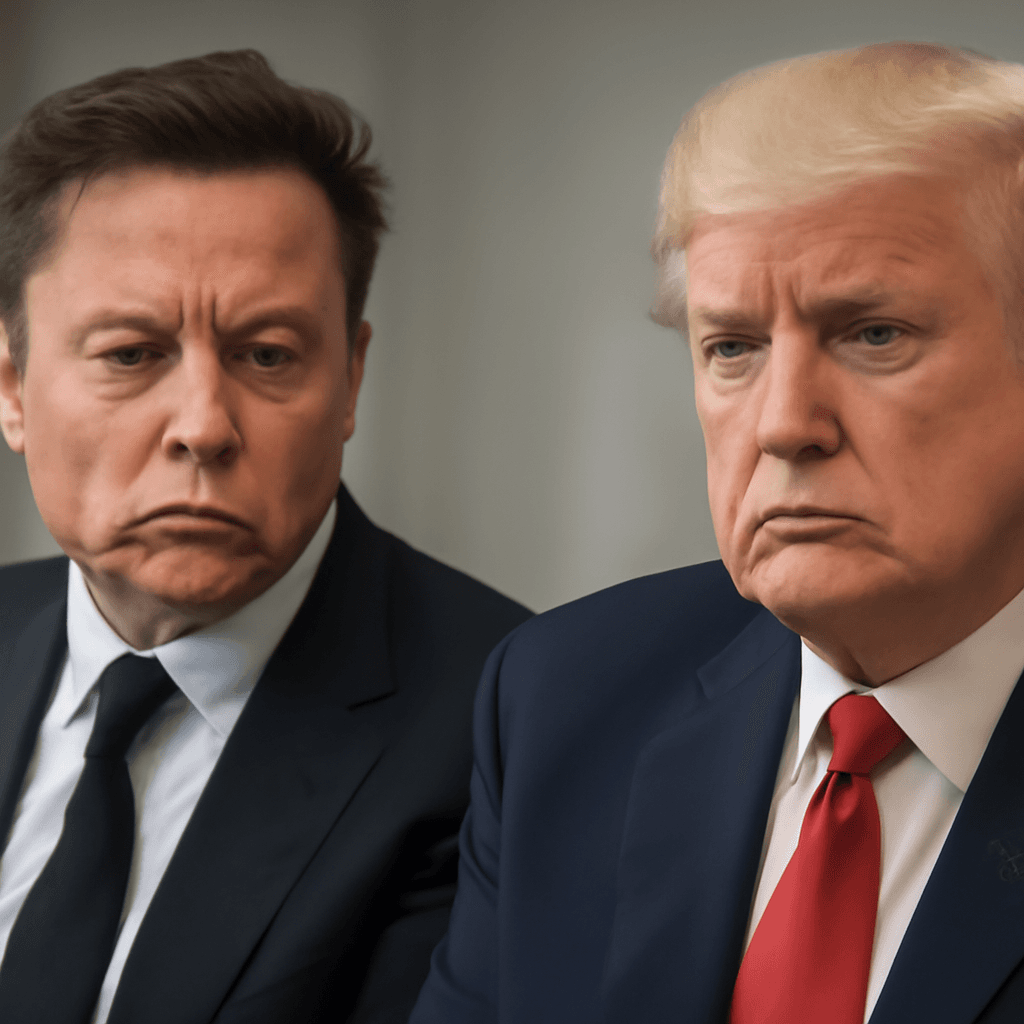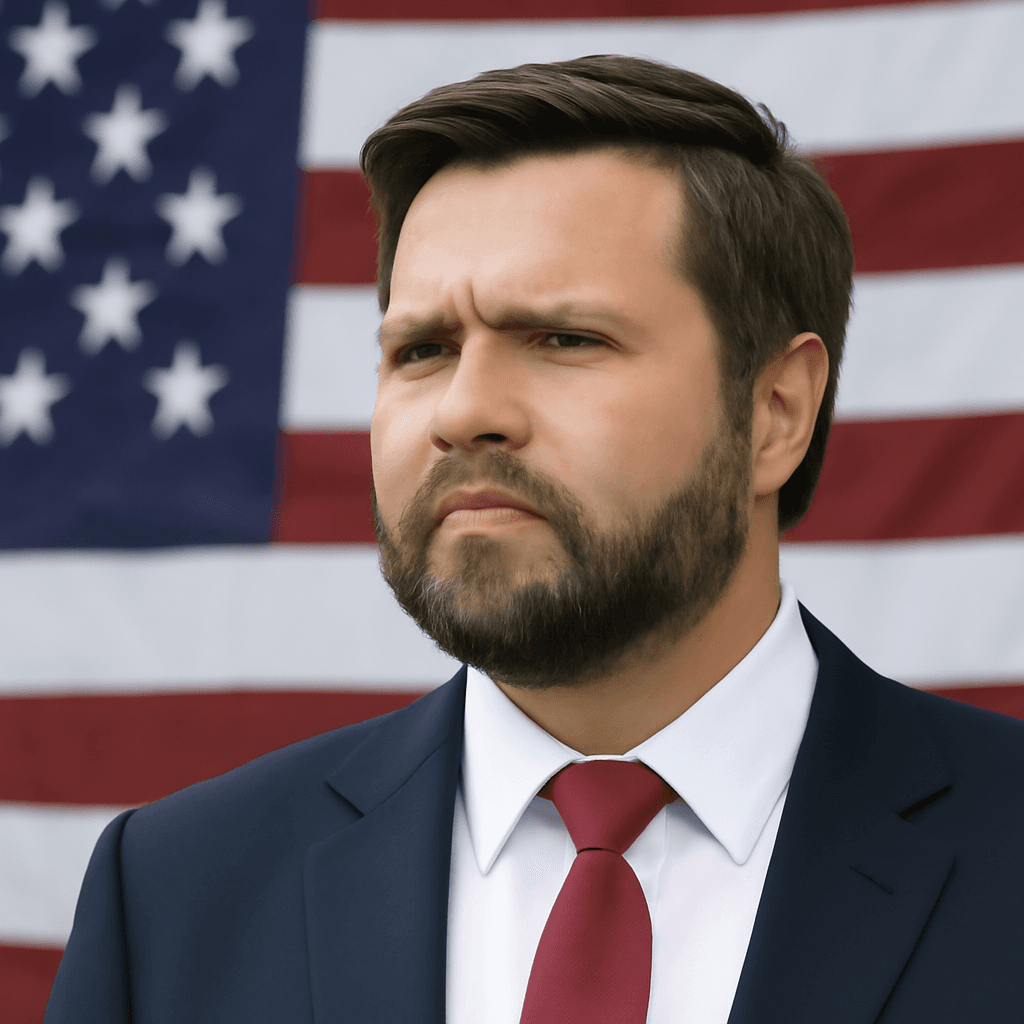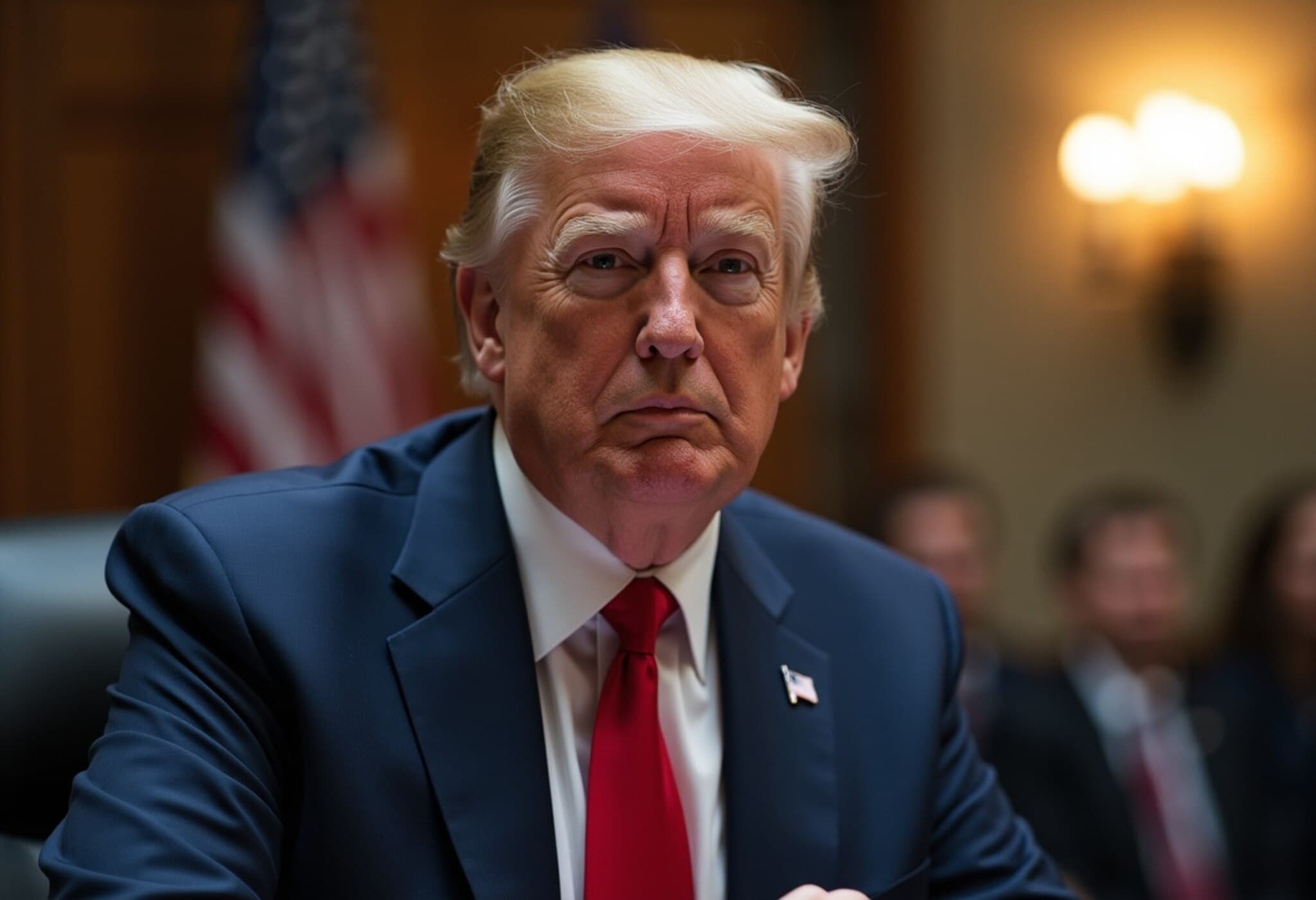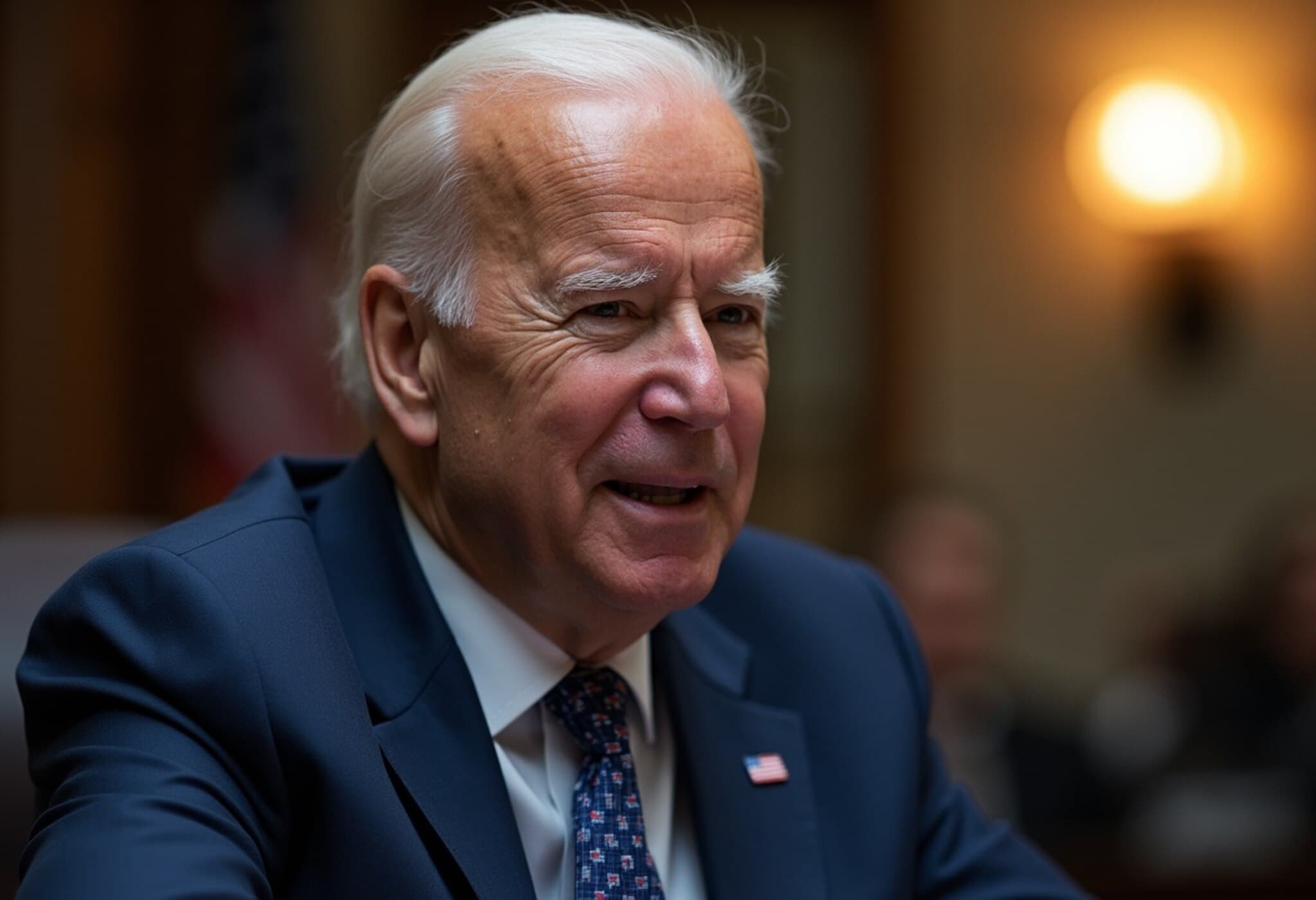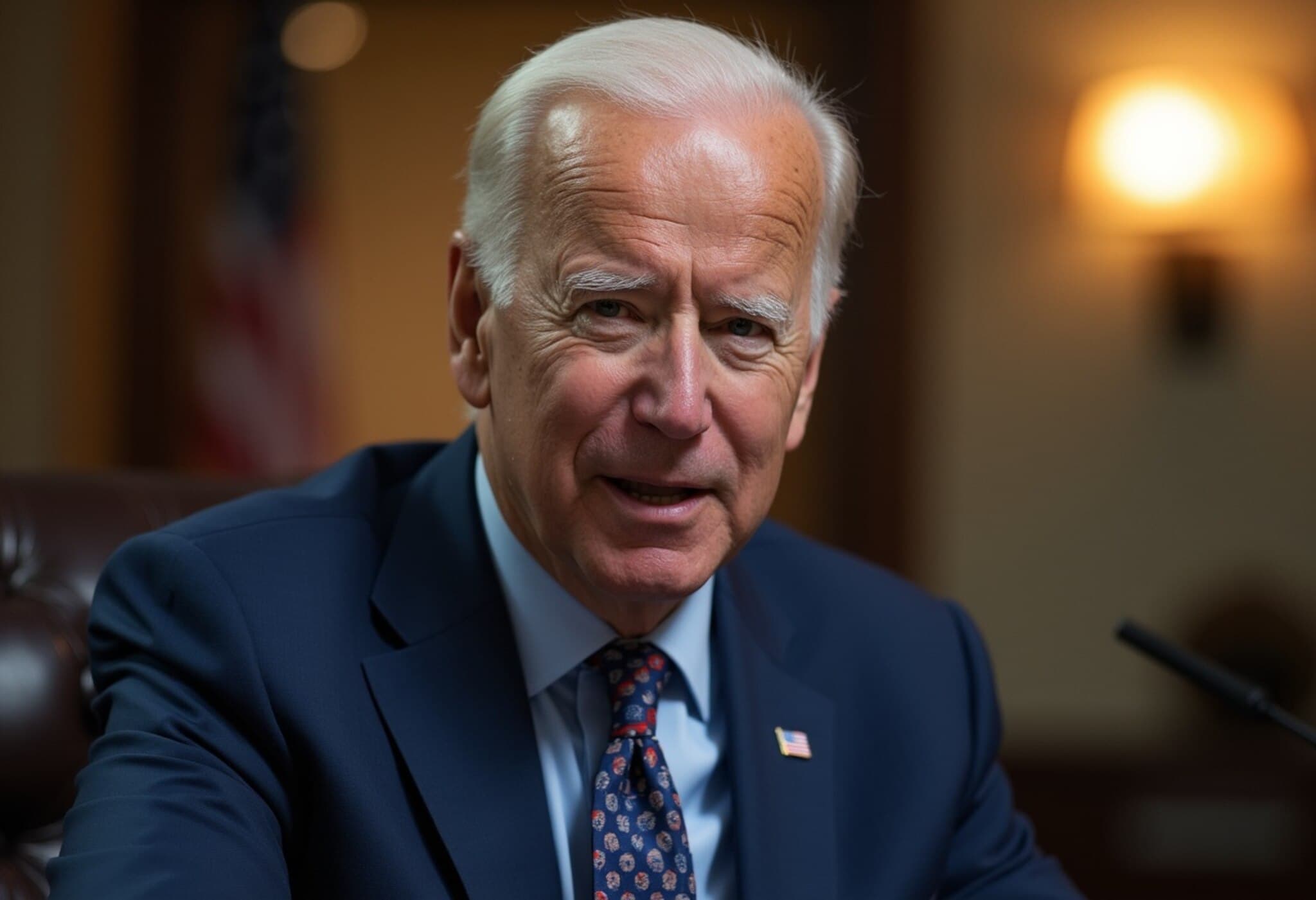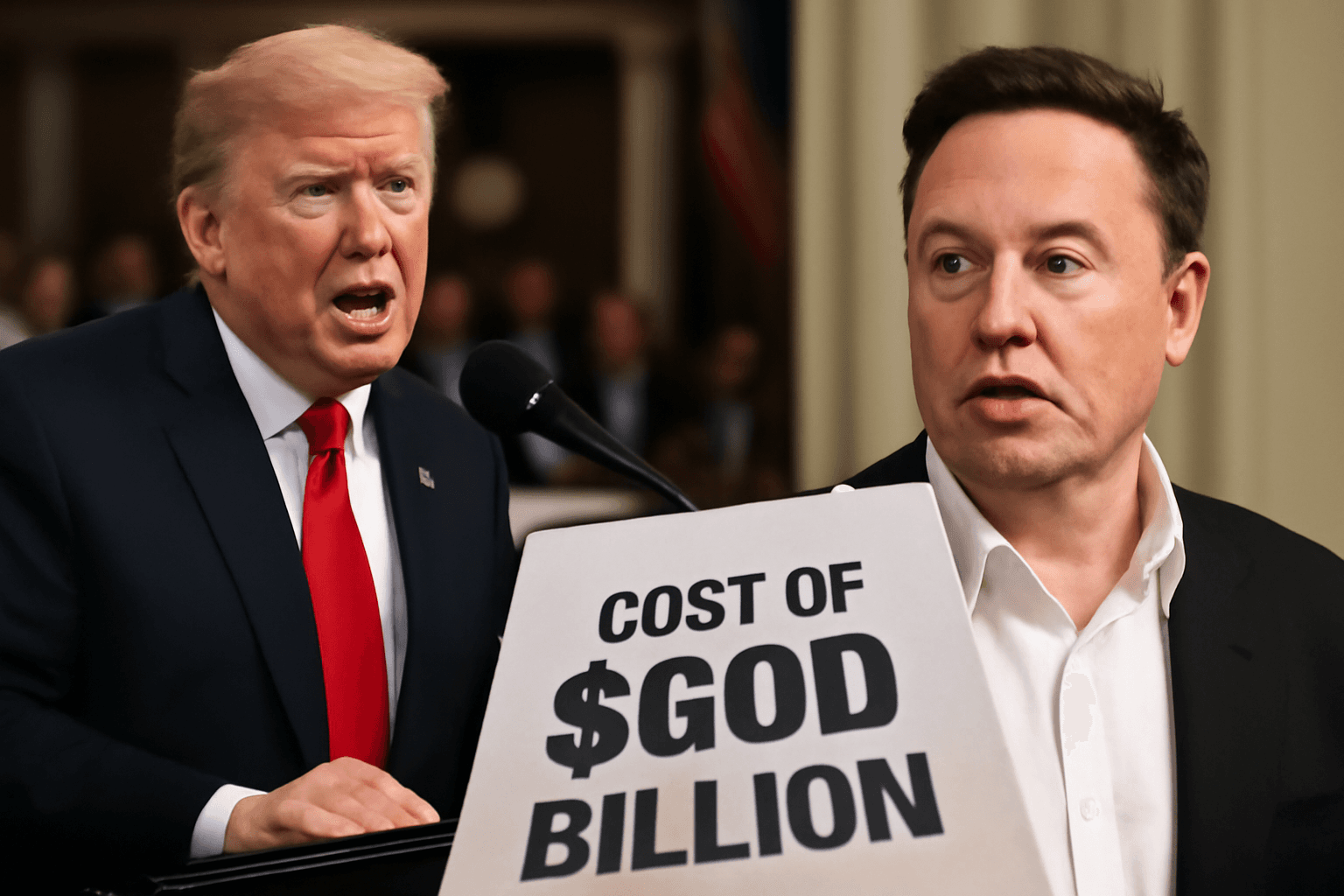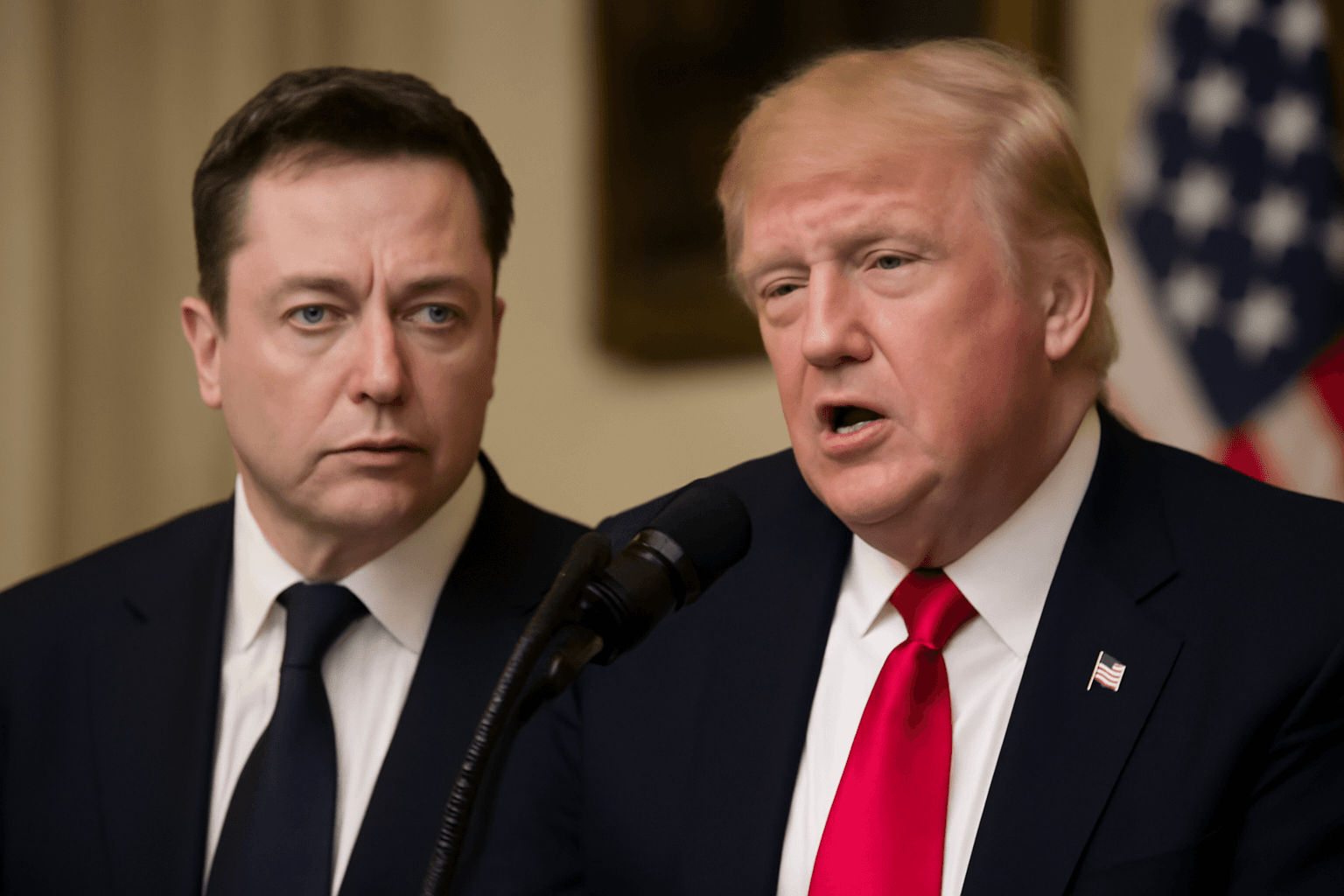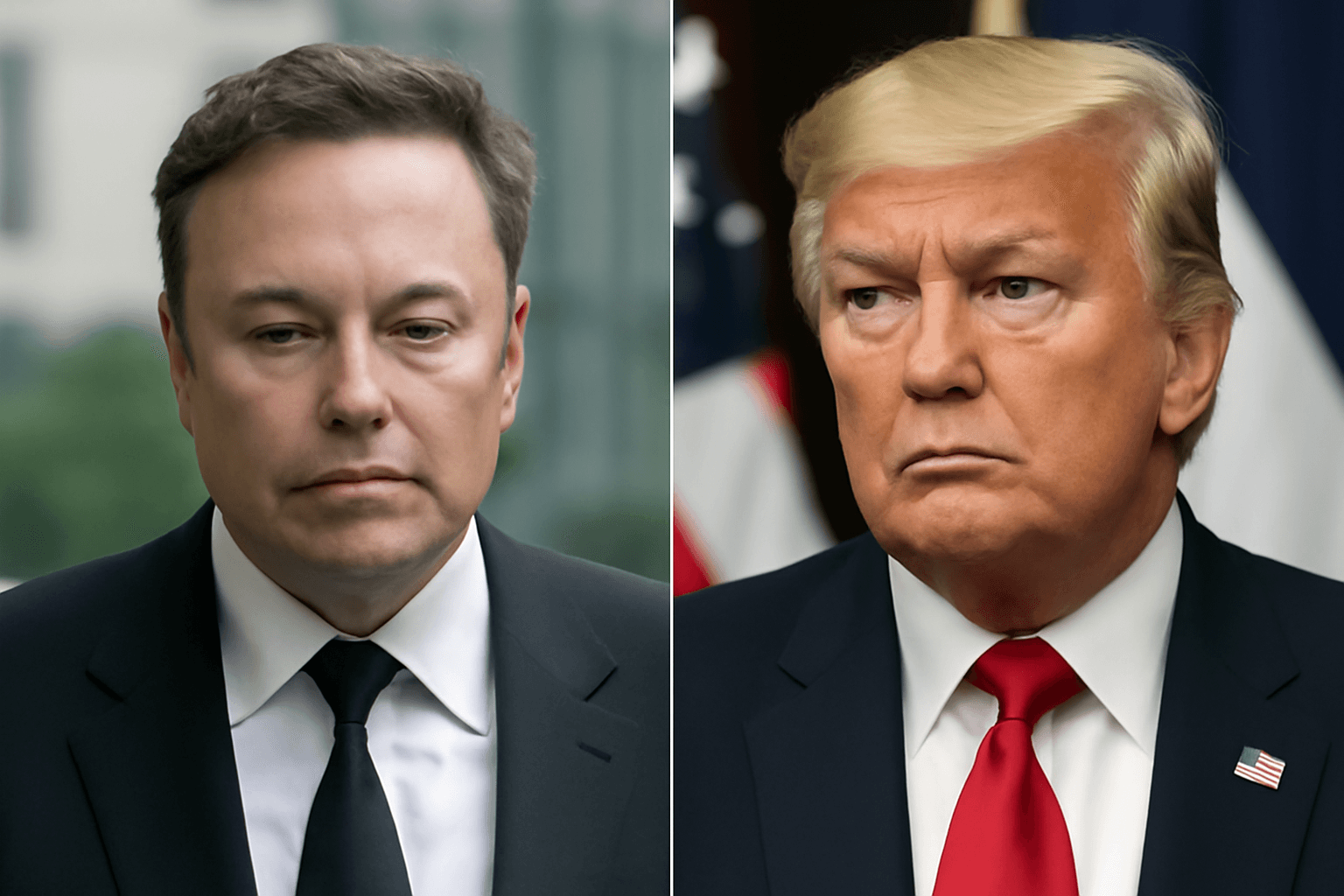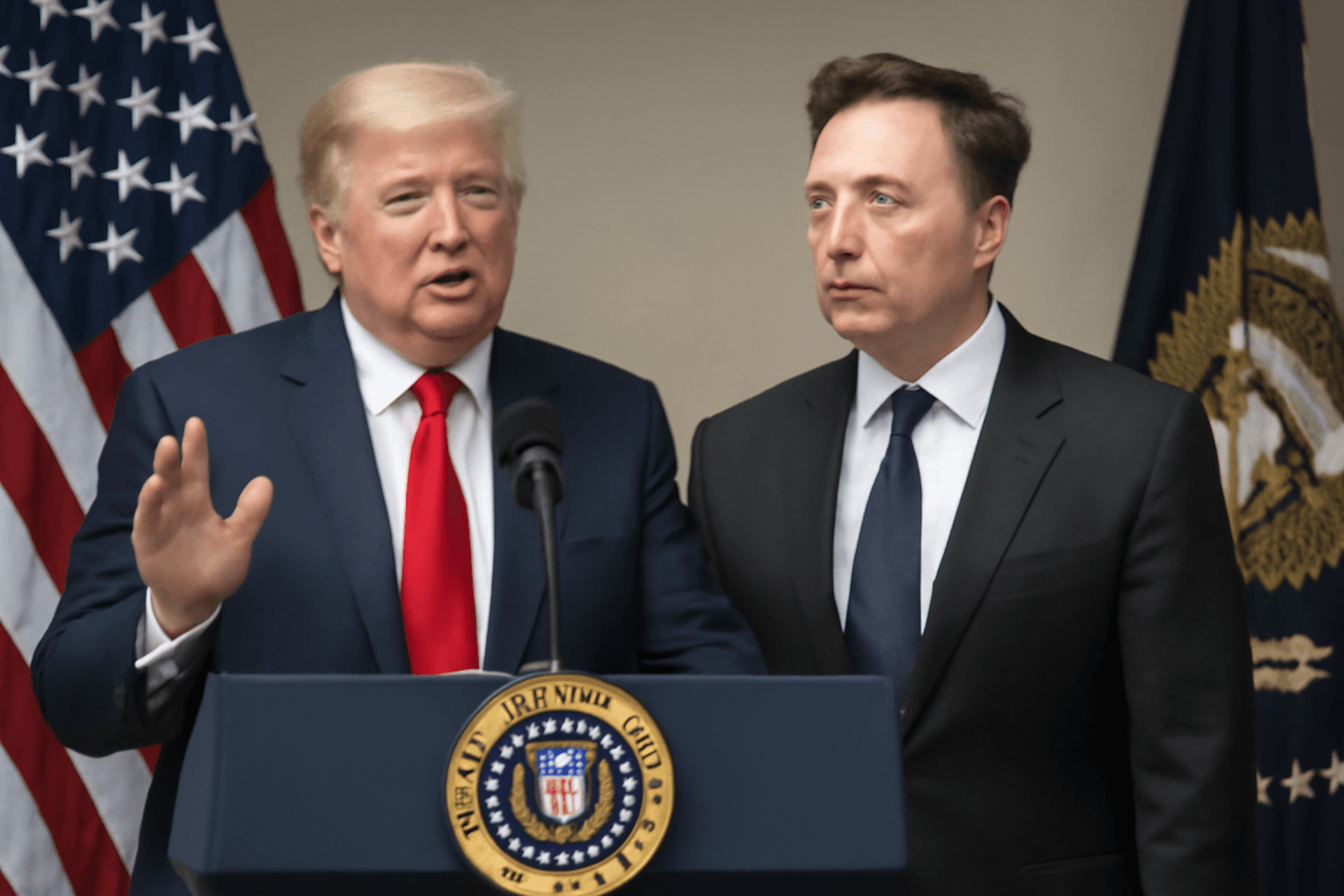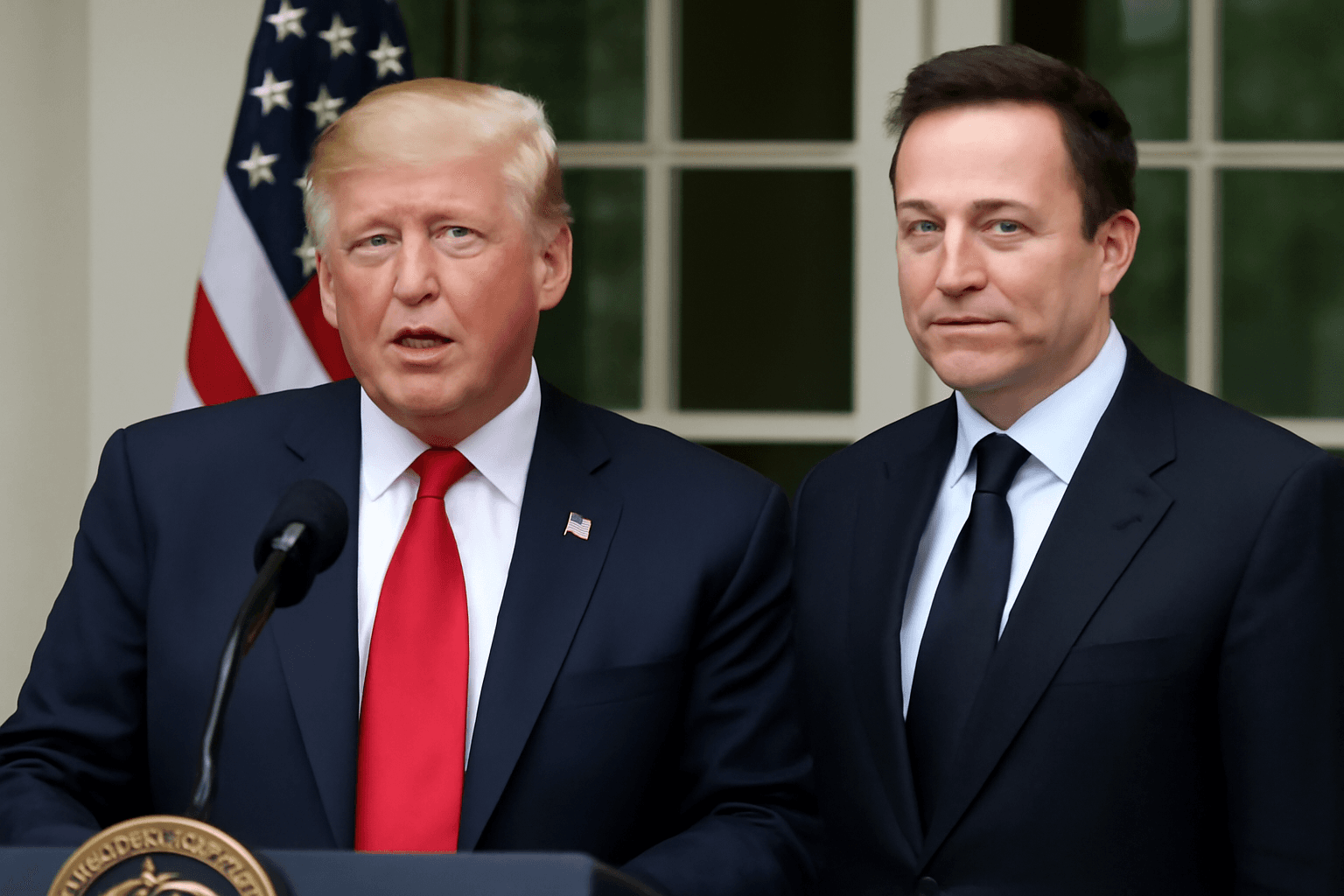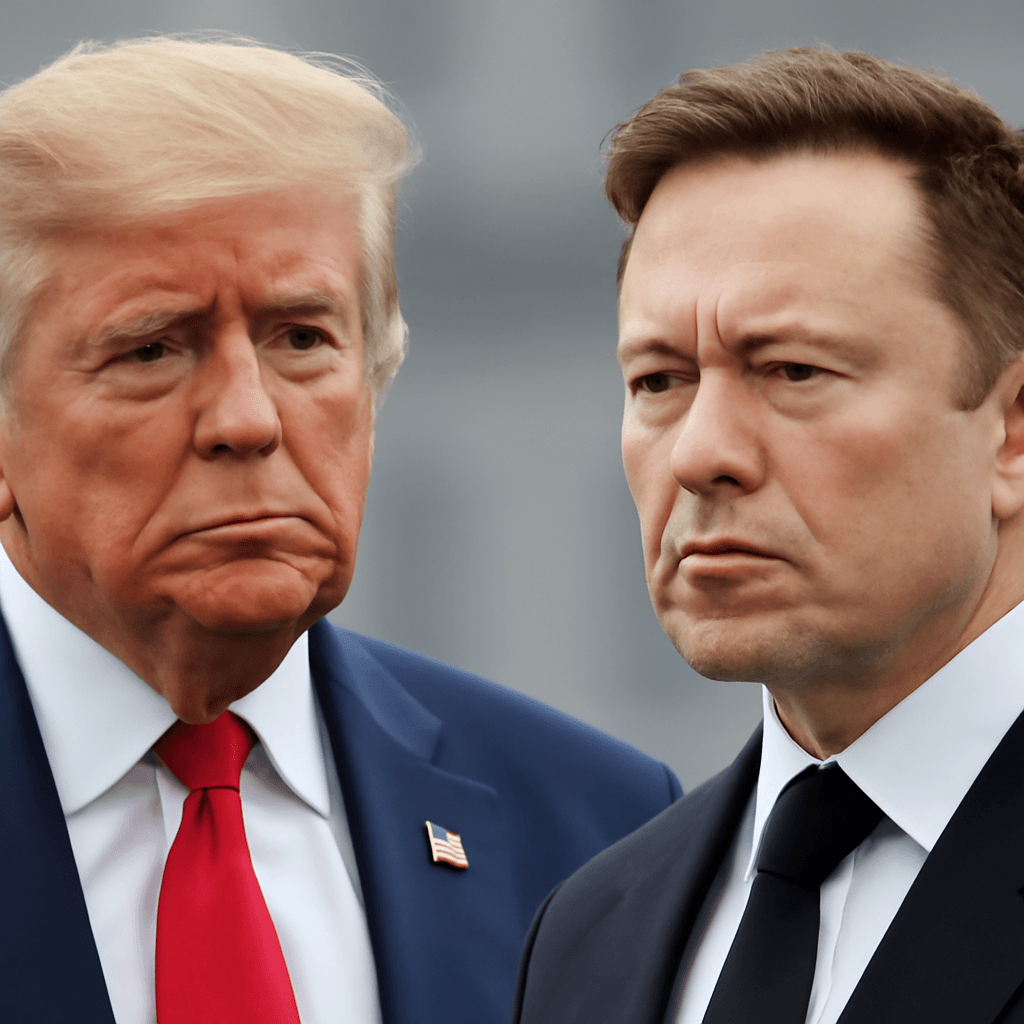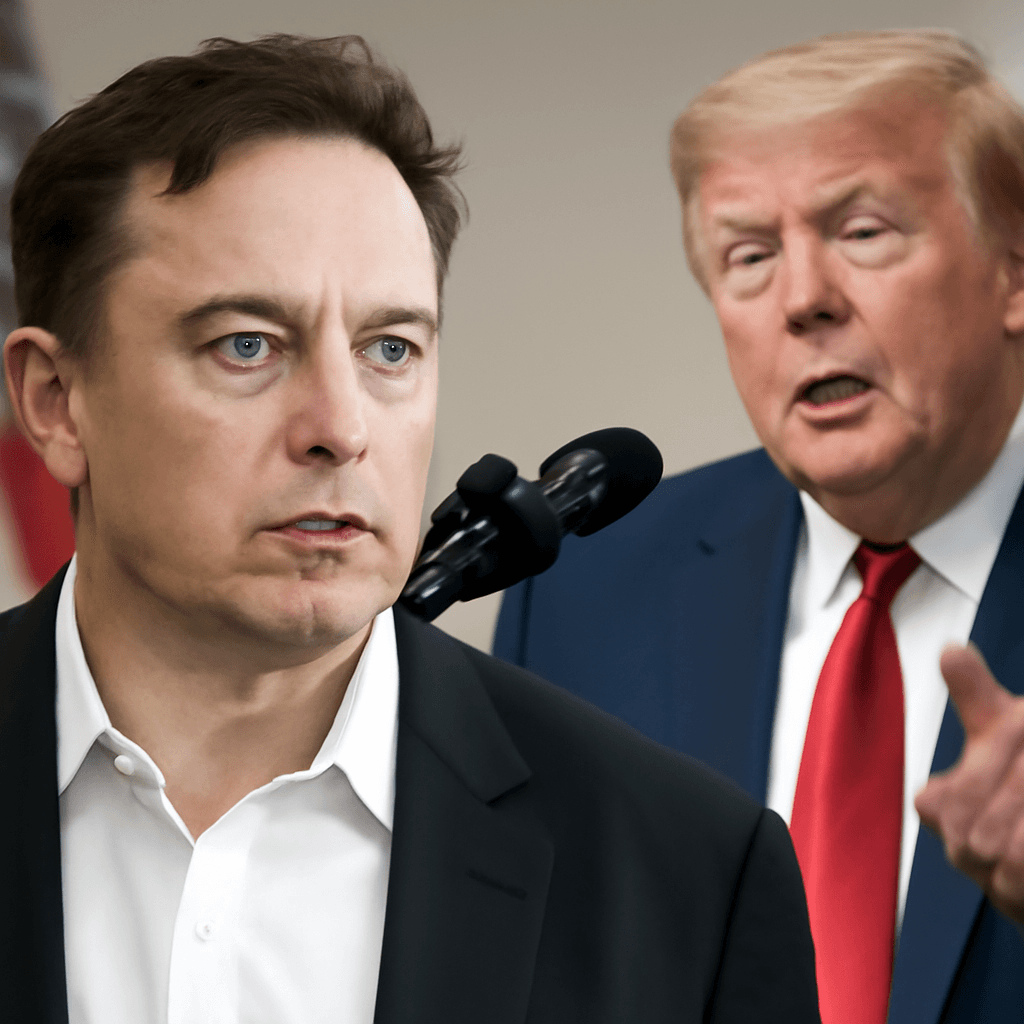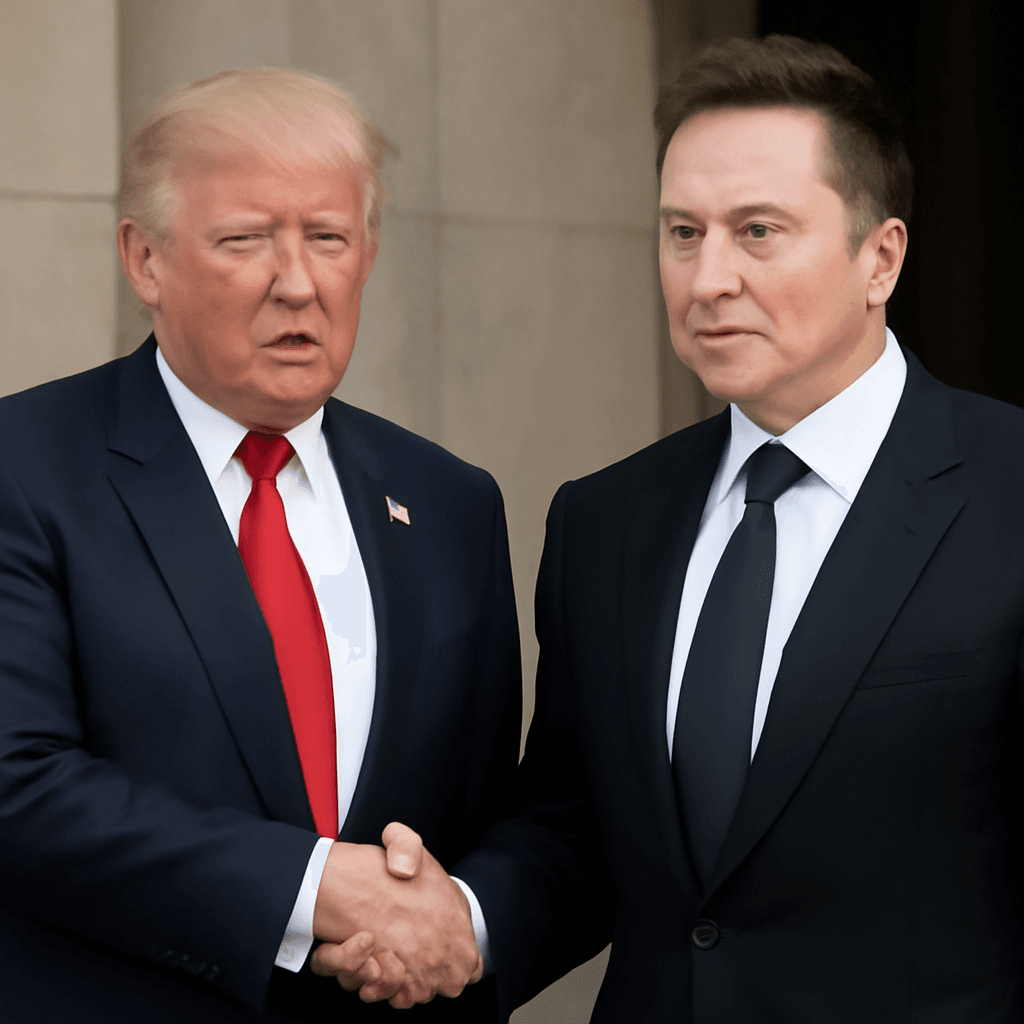Trump’s Calculated Grip on GOP Strategy Ahead of 2026 Midterms
As the political spotlight sharpens on the 2026 US midterm elections, former President Donald Trump is intensifying his influence over the Republican Party’s congressional strategy. In key battleground states such as New York, Michigan, and Iowa, Trump is actively shaping candidate decisions with a clear priority: safeguarding the fragile GOP majority in the House of Representatives.
Prioritizing House Control Over Ambitions
The central theme underpinning Trump’s involvement is a focused determination to prevent a repetition of the 2018 electoral losses when Democrats reclaimed the House. Sources close to the GOP confirm that Trump has personally urged vulnerable Republican incumbents to resist pursuing higher office. Instead, he champions keeping proven candidates in their districts to secure tight races, a significant departure from his previous electoral cycles where he endorsed insurgent Senate hopefuls more freely.
This shift underscores a pragmatic, almost protective mindset: experience and incumbency trump personal political ambitions when the party’s narrow House majority is at stake.
New York: A Strategic Retreat Clears the Path
- Mike Lawler, representing a hotly contested Hudson Valley district, recently announced he would not run against Governor Kathy Hochul. While stressing his decision was independent, Lawler acknowledged Trump's input during their private discussion.
- Trump’s early endorsement of Lawler’s re-election campaign signaled the president’s preference to maintain GOP foothold here.
- This move potentially frees the gubernatorial field for Representative Elise Stefanik, a close Trump ally, whose interest in New York’s governor’s race adds another layer to his balancing act.
Politically, this reveals Trump’s strategy of fostering loyalty and choosing battles wisely, elevating allies who strengthen the party’s frontlines.
Michigan: Defusing Internal Clashes to Consolidate Power
Similar dynamics are unfolding in Michigan, where Congressman Bill Huizenga stepped back from a Senate bid after a direct conversation with Trump at the White House. This decision aligns with the goal to keep reliable GOP incumbents in districts rated ‘likely Republican’ by analytical outlets like the Cook Political Report.
The vacated Senate candidacy has opened the door for former Congressman Mike Rogers, who enjoys Trump’s favor and is surrounded by seasoned campaign aides aligned with the ex-president. While formal endorsements are pending, GOP insiders anticipate Trump's backing will soon be official.
This episode spotlights Trump’s strategic management of potential intra-party rivalries, aiming to minimize costly conflicts and focus resources on winnable contests.
Iowa: Fostering Stability Over Individual Aspirations
In Iowa, Representative Zach Nunn weighed a run for governor but ultimately chose to stay in his competitive House seat following a discussion with Trump. His district, a prime Democratic target after a narrow win in 2024, benefits from Trump’s firm endorsement of his re-election campaign.
Meanwhile, Representative Randy Feenstra, representing a safer district, is poised to pursue the gubernatorial nomination. This further exemplifies Trump’s nuanced strategy of permitting advancement only where it won’t jeopardize the GOP’s House majority.
The Senate Question: Strategic Silence or Calculated Caution?
Notably, while Trump is visibly hands-on with House races, his engagement in open Senate primaries — especially in swing states like Georgia and North Carolina — remains muted. This marks a stark contrast from his previously unpredictable endorsement patterns.
Political analysts suggest this measured approach may reflect a desire to avoid intra-party fragmentation or preserve flexibility for future endorsements, especially as high-profile contests, such as former North Carolina Governor Roy Cooper’s expected Senate run, begin to heat up.
Internal Party Dynamics: Discipline Versus Defiance
Trump’s growing sway within the GOP is evident. Senator Tommy Tuberville recently remarked that no president has commanded such party influence in his lifetime, warning that GOP lawmakers who defy Trump’s directive may face primary challenges.
Yet, dissent exists. Michigan’s Representative John James’ gubernatorial candidacy reportedly displeased Trump, who joked that James should reconsider if the Republican seat remains unprotected. Such tensions illustrate the limits of Trump’s directive ability — even as most Republicans fall in line.
Expert Perspective: Strategic Maturity or Political Anxiety?
This new phase of Trump’s leadership could be seen as either a sophisticated, disciplined play to solidify GOP control or a manifestation of anxiety over potential electoral setbacks. Democrats interpret these moves as signs of GOP weakness, accusing Trump of coercing candidates to mask underlying vulnerabilities.
However, observers note that minimizing divisive primaries, fortifying incumbents, and prioritizing party-wide success could be a refined evolution of Trump’s political machine — a far cry from its former chaotic reputation.
Editor’s Note
As the 2026 midterms approach, Trump’s strategic hands-on control reflects a GOP navigating treacherous electoral terrain. His tactics highlight a delicate balance between personal influence and party pragmatism. Whether this calculated approach will withstand historic midterm trends remains an open question. What’s clear is that Trump's determination to hold the House majority shapes not just campaigns but the very future of Republican politics.
Key questions remain: Can Trump’s evolving strategy reduce traditional midterm losses? Will internal dissent grow as individual ambitions collide with party unity? How might this controlling approach affect GOP policy and ideological direction in the coming years?


